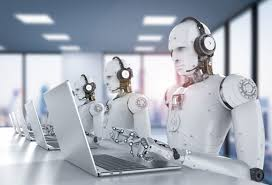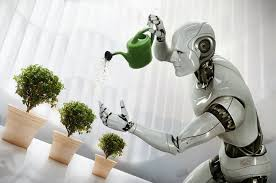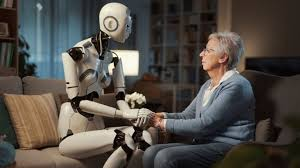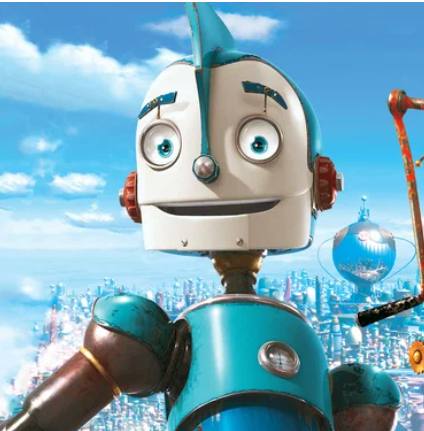🤖 Artificial Intelligence in robots — why “smart machines” are no longer just tools
No matter how you look at it, robots are trending now almost as much as crypto. At least on our website 🙂.
Ten years ago, most people associated a robot with a vacuum cleaner clumsily bumping into table legs. Today, we talk about humanoid robots that understand speech, learn from their mistakes, and can hold a conversation. All of this has become possible thanks to artificial intelligence (AI). And here comes the key question: are robots still just tools, or are they becoming something more?

From “tool” to “companion”
Classic robots are machines that perform strictly defined functions. A programmed factory manipulator will do nothing but tighten a bolt or lift a box. But once AI is integrated into the system, the robot stops being a “dumb” executor. It can:
- analyze its environment,
- make decisions in unforeseen situations,
- adapt to the user.
For example, a home assistant robot can adjust to the owner’s habits: know when to turn on the lights and when it’s better to silently bring a cup of coffee.

A learning robot
The main difference of “smart” machines is that they can learn. Machine learning algorithms allow robots to improve over time. NASA rovers choose optimal routes on their own, surgical robots analyze millions of operations to improve precision, and chatbots learn to understand emotional nuances in speech.
In other words, the robot no longer requires constant human supervision. On the contrary, it can sometimes suggest a better solution to a person.

Risk and responsibility
Once robots begin making independent decisions, the question arises: who is responsible for their actions? If a manipulator falls off a shelf, the engineer is at fault. But if an AI-powered autonomous car makes a mistake? The manufacturer? The owner? The programmer?
This discussion is ongoing in the legal systems of many countries. Essentially, it raises the question of whether machines should be granted partial “personhood.”

Companion robots: fiction or reality?
Another dimension is social robots. Pepper, Sophia, and other humanoid projects can already converse, recognize emotions, and even joke. For the elderly, this may be a relief from loneliness; for businesses, a new communication channel; and for all of us, a mirror reflecting our own humanity.
⚡Conclusion: tool +
AI transforms a robot from a simple tool into an interactive partner. Of course, they are still far from full consciousness. But in practical terms, “smart machines” are already going beyond screwdrivers or vacuum cleaners: they are becoming part of our daily lives, able to understand us and adapt.
And perhaps in the coming decades, the main question won’t be “what can a robot do?” but “how much of our lives are we willing to trust it with?”
All content provided on this website (https://wildinwest.com/) -including attachments, links, or referenced materials — is for informative and entertainment purposes only and should not be considered as financial advice. Third-party materials remain the property of their respective owners.


